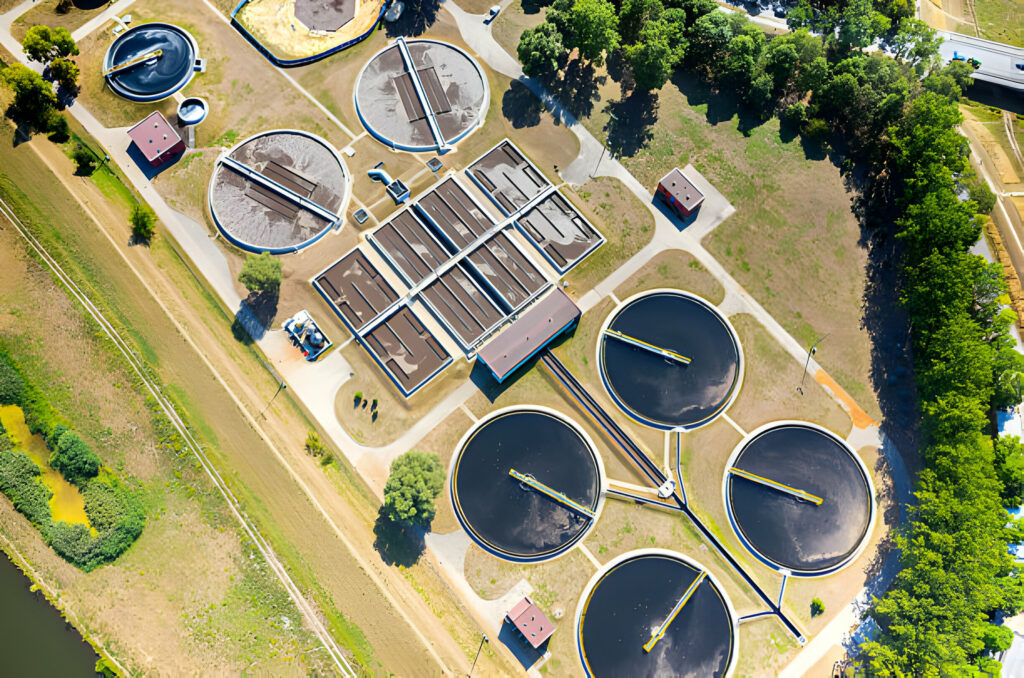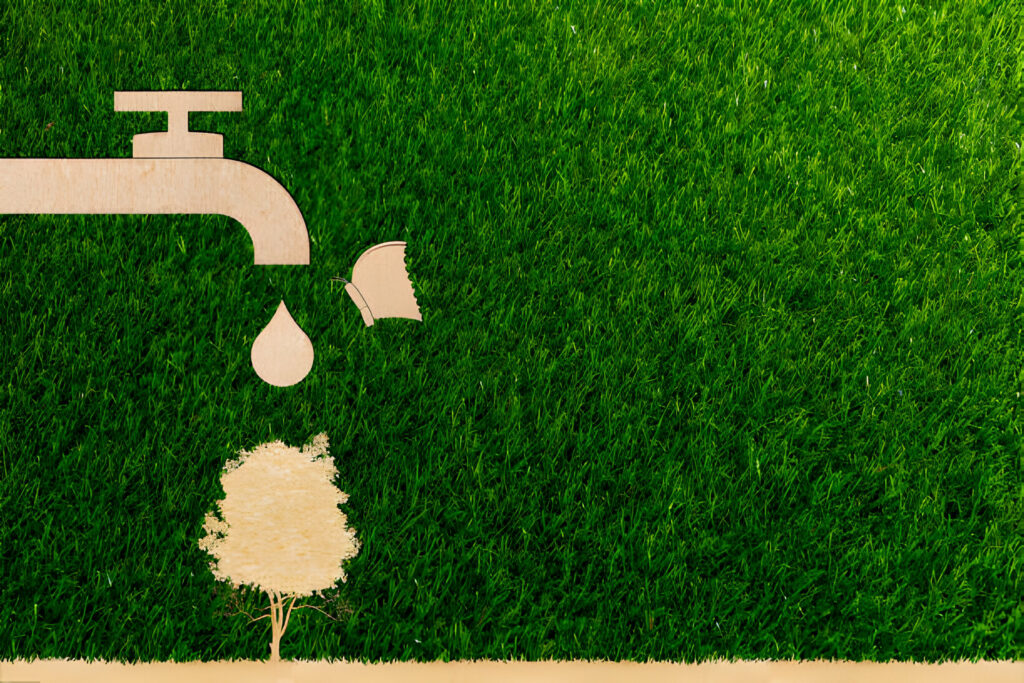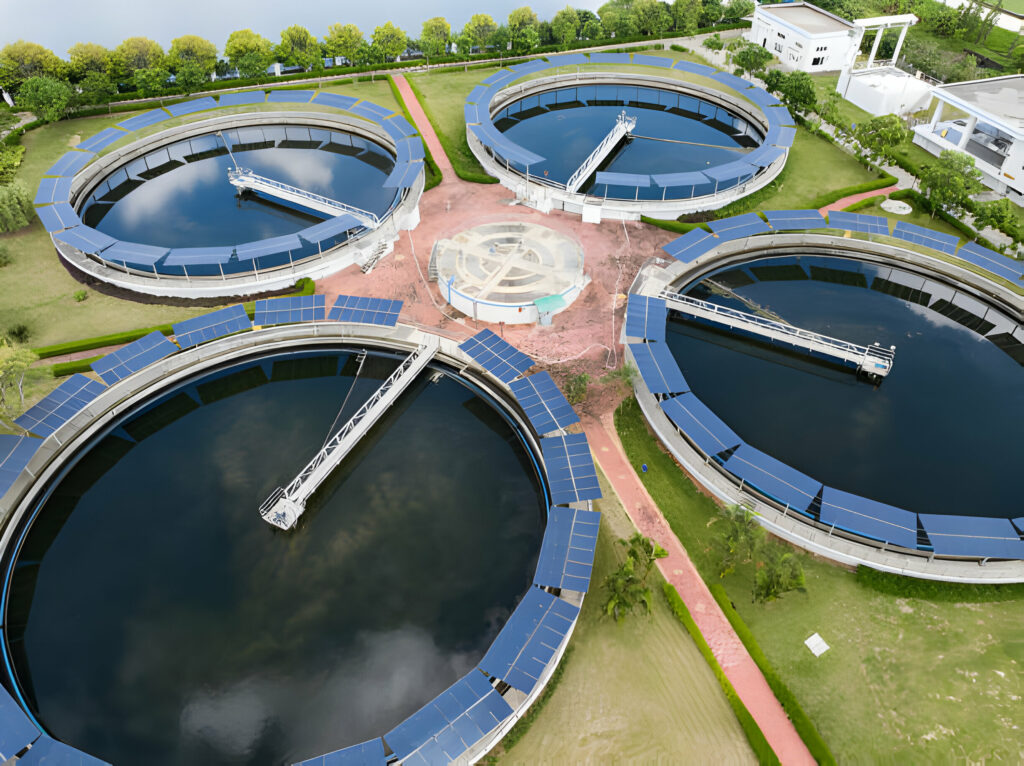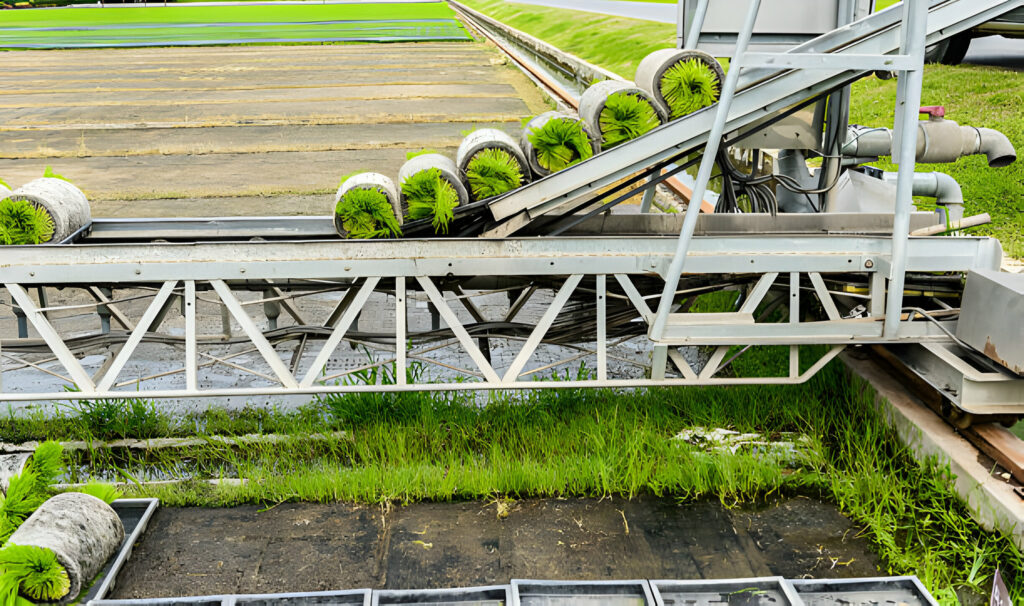
As communities expand, increasing volumes of household and commercial wastewater must get treated before release into the environment. Municipal sewage plants effectively eliminate pollutants at centralized locations. However, not all new construction connects into centralized infrastructure right away.
Developers must furnish their own wastewater solutions to gain occupancy permits. Many install conventional septic tanks and leach fields on properties not yet adjoining sewers. But environmental advocates encourage sustainable alternatives like constructed wetlands that purify water naturally while enhancing ecological integrity.
Why are purposefully engineered wetlands considered more eco-friendly?
Natural Processes
Constructed wetlands utilize ecological processes for cleaning water rather than mechanical components dependent on energy inputs. Microbes, plants and minerals passively filter impurities without added machinery, chemicals or human supervision—just sustainable biologic activity.
Renewable Components

Engineered cells filled with native vegetation and soils resemble vibrant wildlife habitat. But they also serve as the regenerative living technology sustaining treatment functionality long-term through harvesting mature leafy growth for livestock feeds or landscaping mulch before re-planting vegetation.
Supporting Biodiversity
Attracting birds, butterflies, fish and other species, constructed wetlands effectively balance infrastructure demands with vital habitat provisions for urban wildlife displaced by buildings and pavement. Treatment and conservation coexist through ethical design.
Enhancing Aesthetics
Wastewater gardens featuring cattails, flowering rushes and water lilies beautify properties with scenic vistas and relaxing sounds of nature. People enjoy relaxing on park-like trails around sustainable infrastructure improving quality of life.
Constructed Wetlands Value Nature
Purposeful integration with ecology makes constructed wetlands a preferable green technology solution. They value biodiversity and ecological services highly while achieving treatment goals in harmony with nature.
How Constructed Wetlands Improve Sustainability

Self-Sustaining Treatment
Engineered wetlands utilize natural energy flows, microbiology and botanical processes to filter nearly all common wastewater pollutants without added electricity, chemicals or routine human labor after planting.
Localized Infrastructure
Decentralized cells avoid energy costs and habitat impacts that long pipelines, pumping stations and treatment plants centralized far from end users create. Onsite construction enhances community resiliency.
Nutrient Recycling
Instead of concentrating toxic residuals like sewage sludge, wetland plants assimilate and remove excess fertilizing compounds (nitrogen / phosphorus) from the water by incorporating them into root and leaf tissue later harvested from cells on a rotating basis to responsibly achieve nutrient balance.
Water Reuse
Highly polished effluent exiting engineered wetlands allows reusable for irrigation or groundwater recharge rather than surface discharge, closing resource loops locally rather than exporting problems externally.
Green Energy Compatibility

Supplementing natural processes, constructed wetlands readily integrate advanced technologies like solar panels, microbial fuel cells, algal bioreactors and wind turbines to achieve net-positive energy budgets, something traditional mechanized facilities still struggle to accomplish.
Constructed wetlands epitomize eco-friendly wastewater treatment centered around ecological regeneration and sustainability ethics. They represent very small human interventions into the landscape like planting seedlings that spark resumed self-organization back toward fertile, thriving ecosystems full of species.
Wetlands become asset to communities, not imposed utilities needing intensive upkeep. Compared to centralized approaches that dominate nature with pipelines, factories and smokestacks, decentralized living technologies coexist benignly within the regional ecology they enrich through restoration.
An Ethical Biosolution
Treating society’s unwanted by products like sewage effluent should not exacerbate environmental harm. Yet our centralized systems have become so large and complex that we lose sight of wastewater’s ultimate origins and impacts. There is a better way!
Constructed wetlands present technology through a lens of ecology and community. They integrate waste outputs back into the circular economy as useful harvestable resources rather than nonzero issues exported downstream.
Mimicking nature is often the wisest course societies can take to resolve problems like water pollution. Receiving so many free ecosystem services when we respect planetary boundaries, the least we can do is implement infrastructure that gives back to the habitats providing for civilization’s basic needs!
Balance improves life. With holistic, regenerative values at their core, ecologically engineered treatment wetlands showcase how high-tech innovations can still choose to cooperate with living systems if we design human creations thoughtfully to conserve nature from square one. Getting sustainability right ultimately benefits everyone sharing these lands.
Let’s discuss constructed wetland opportunities that align your property development plans with ecological ethics! The experts at Wetlands Pacific help clients rightsize and position customized marsh wastewater biosolutions to purify site drainage responsibly while enhancing local wildlife habitat.